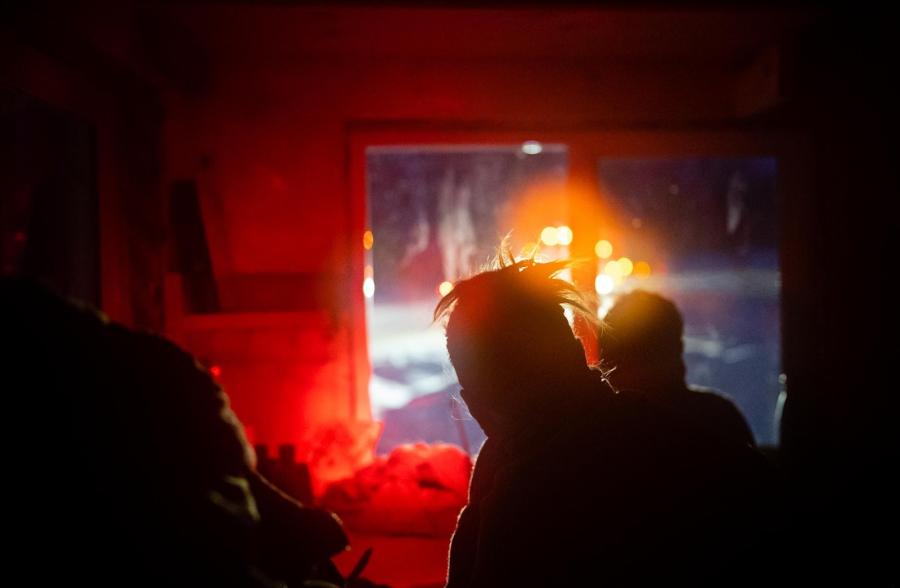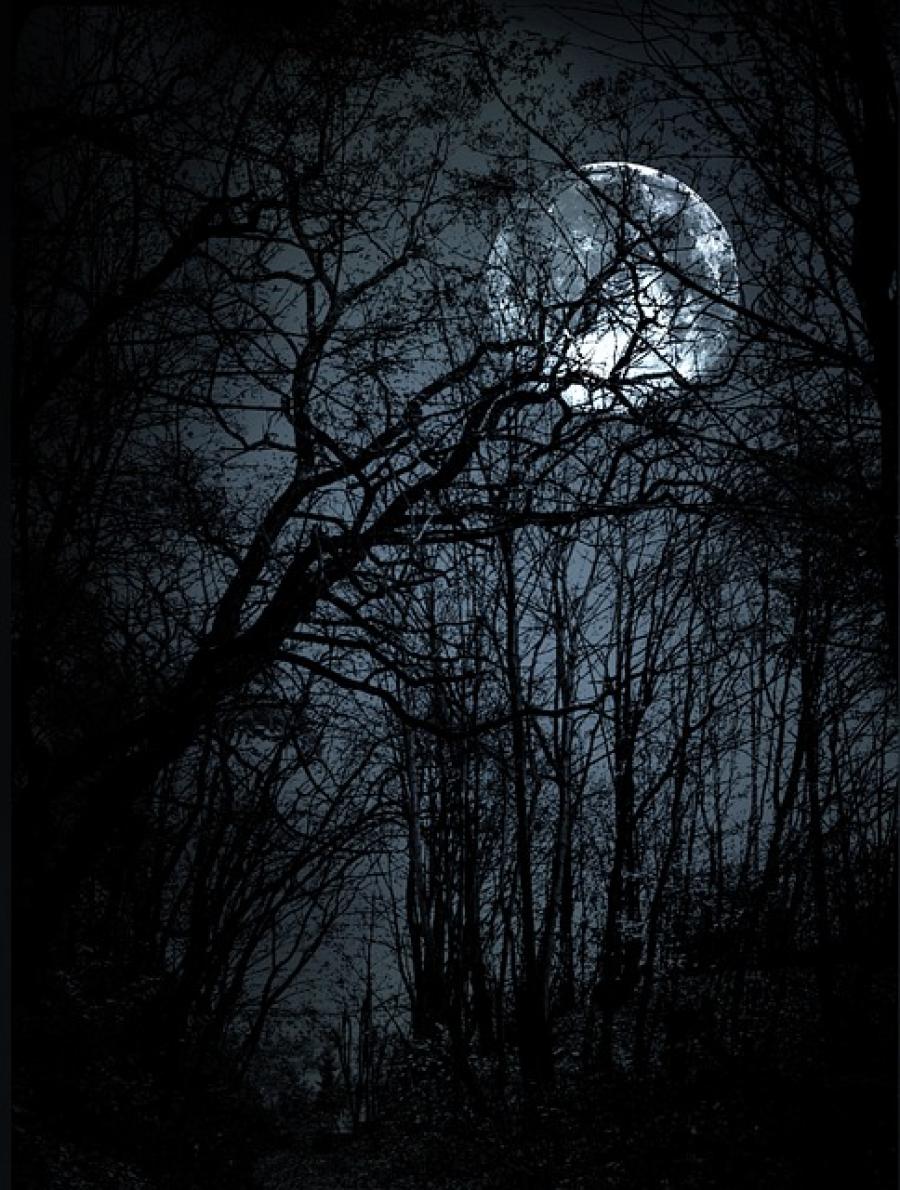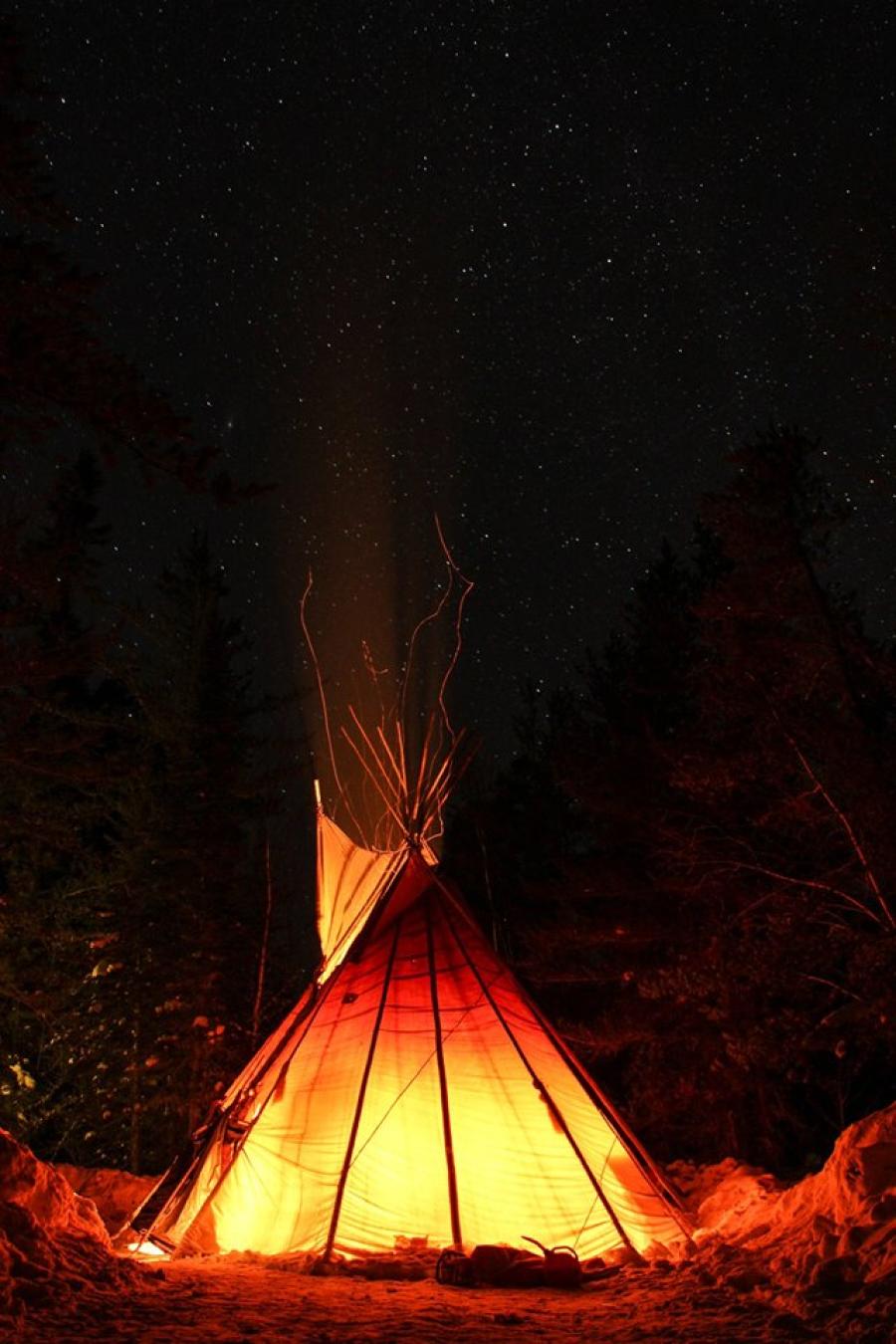The city was teeming with wasps that year. The hum of their wings seemed to pulsate through the city, words of a different language, it seemed, that none of us could hear. The beauty of the city seemed to wane when you heard the hum of approaching wasps. They gathered around garbage cans, attracted by the scent of sweet, discarded soda or enticed by wasted meat. When you sat down with a meal outside, hoping to enjoy the short Saskatchewan summer, you sensed the nearby din of hungry wasps. Was this, in fact, a warning that something terrible was to come?
The Saskatchewan prairies, underbelly of the country, are home to fewer than a million people. In downtown Regina, nothing as terrible as what happened could have possibly happened here. And, yet, as I was walking down 11th Avenue on that hot summer day of July 6th, 2004, I heard the dreaded news: Tamra’s missing. “What?! We have to pray for her, search for her, find her.” The whole neighborhood was sick with dread and, eventually, the entire city and country was overcome with grief. But that day we prayed and we hoped and we cried. We searched.
She was reported missing at 11:30 a.m. She was only five years old. Her disappearance, possibly an abduction or murder, sent shockwaves through the province. The media flashed her name—“Tamra Keepness”—across television, radios, newspapers. Her face was duplicated thousands of times on posters across the country. A $25,000 reward was offered for information that would lead to finding Tamra. Hundreds of police and volunteers searched Regina and the surrounding areas for any sign of the little girl. Hearts were broken that summer, never to be mended.
I was 23 years old the year Tamra went missing. By July 2004 I had been married for nearly a year and was pregnant with my first child. My pregnant belly was barely bulging with my daughter, and my spirits were high in anticipation of the arrival of my first baby. I remembered a few years earlier I had met Tamra’s mother and father and their children in a small downtown church I attended. Tamra was a little one back then, with her twin sister by her side. I barely remember anything about her except for her eyes, her beautiful brown eyes. I like to remember this family for what they were then: a family. The events of that summer sent everyone on a long, dizzying trip into the depths of the darkness that existed beneath the surface of our city without anyone’s knowledge.
When I was told of Tamra’s disappearance I became scared. Who could have possibly taken a little girl like this—walked right into her home and out with her—without anybody noticing a thing? Rumors emerged about Tamra’s family being involved in the crime in some way. She was sold to pay off the family’s drug debts. She was sold for drugs. How could any of this be true? Although eventually the police interviewed close family members, they came out with nothing to show for it.
On July 5, 2005, a walk was held to mark the one-year anniversary of Tamra’s disappearance. There was no sign of Tamra, and I had a six-month old daughter. In the back of my mind I was always thinking of Tamra and what could have happened to her. And, then, my thoughts drifted back to my own daughter. How could I protect her from the same kind of situation? My husband and I knew we had to protect her. We knew that there are these predators, searching for vulnerable children whom they can grab in a half second before they resume their search for more victims. We hated them, we were scared of them, and we wanted them to be scared of us.
July 15, 2005, and Amber Redman, a young, 19-year-old Aboriginal woman, went missing from Fort Qu’Appelle, Saskatchewan. The search for a beautiful, young, Native woman, full of hope and promise, was on. We learned of this young woman’s accomplishments: she was a dancer, a high school graduate, and a popular friend. She had a mother and family who were desperately seeking her whereabouts and pleading for her safe return. They knew it was not in her nature to run away without a trace, to leave her family behind without warning. I was scared for her. I was scared for what this meant for the future of my own daughter, barely even a year old—innocent, carefree, beautiful, and Aboriginal.
August 13, 2005, and Melanie Dawn Geddes, a young Aboriginal woman went missing in North Central Regina. She was a 24-year-old mother of three children. Local news channels and newspapers showed her picture: she looked happy. Although I never knew her, I could imagine her laughing with her children, giving them kisses, snuggling with them on her warm bed, and reading them bedtime stories. I imagined her rubbing her pregnant belly in anticipation of her first child, her first baby—spirits high. I heard the great chasm of her groans as she gave birth to that child and the cry of relief and joy as that child was placed on her belly. And, then, the picture that I had in my mind crumbled away and I was left with an aching desire to reach out to her, hug her, and tell her that it was going to be okay. I cannot do that now—she is gone, stolen away into the depth of something we knew nothing about.
I kept taking care of my beautiful daughter, watching her grow and cherishing the moments that I was given to be with her. I May 2008 she was three years old, and she had a one-year-old baby sister. Suddenly, everyone was talking about it: they found Amber Redman’s remains on the Little Blackbear First Nation. She had been murdered, and the police had arrested two male Aboriginal suspects. Here, at least, they had suspects. Melanie’s remains were found burned in a field near Southey on December 20th, 2005, but her case remains unsolved. Everyone was angry and saddened by this news. There was reason to believe that certain people on the reserve knew what had happened to Amber, even knew where her body was, and, yet, nobody came forward. Yes, there was reason to be angry and even more reason to be sad. The search for Amber was over, but, in reality, it may have been just beginning.
December 12, 2008, and I was at home with my daughters. They were watching cartoons, playing with toys, laughing with each other. My husband was busy at work while I was busy at home. I like it this way (being a stay-at-home mom): I get to watch my children grow up. I smiled to myself as I remembered each of my daughters’ first steps—that first careful and, oh, so precise, reaching out into independence. I remembered the feel of their bodies snuggled up inside of mine—warm and bumpy, little feet kicking out, elbows and knees in all directions, hiccups tickling my insides. Then, with Christmas approaching, I mourned the fast-flowing nature of time and tried, as best I could, to make the moment last. I watched them from the kitchen, ever mindful of the sound of their voices mingled with the background noises of high-pitched cartoon characters, slapstick sound effects, and catchy music themes. It was their voices that mattered—I wanted to turn the television off but couldn’t, for they were intent on watching their favorite cartoon, so I was content to watch them.
That day another young Aboriginal woman went missing: Tara-Lyn Poorman, 17 years old, beautiful, and young, so young. We learned that she was a good student who volunteered her time helping disadvantaged children at the Rainbow Youth Center in North Central Regina. She had hopes for a future. She could have been anything she wanted to be. She could have been my own daughter, at 17 years of age—a beautiful, young, Aboriginal woman.
Something serious is happening in Regina, in Saskatchewan, in Canada. What is happening to our people, to our nation, to our hopes? Our young Aboriginal women seem to be suffering from the consequences of something sinister and dark and unbefitting.
There is little mention of these young Aboriginal women in the media. Wanda O’Brien published an article that found that instances of the print media covering the disappearance of three young, white women outweighed the coverage of those covering the disappearance of three young, Aboriginal women by 968 to 172. I am hurt and angry that there is so little mention of these three Aboriginal women who have gone missing—Daleen Bosse, Amber Redman, and Melanie Geddes. It later turned out that all three Aboriginal women were murdered. It seems like mainstream society does not place enough value on their lives to give them the coverage they deserve.
Christmas had finally arrived, December 25th, 2008. I was out with my family on the Muscowpetung First Nation, a 45-drive from Regina. The scene was beautiful—my father-in-law’s house was cradled in the crook of a voluptuous valley, overlooking the houses of his family and neighbors below. A small herd of cattle and horses called the valley home. Piles of hay accentuated the weather-beaten barn, and the crisp, sweet smell of the fresh winter frost wisped through the air and into the home. The noise of the Chihuahuas’ short, sharp barks filled the pauses in our conversation. Turkey, mashed potatoes, gravy, and stuffing were piled on plates on a table in the living room. My daughters were laughing and playing, eagerly awaiting the opening of Christmas gifts—my one-year-old already had poked some holes and made some tears in a few unopened gifts. I shooed her away from the presents and held her in my lap. I was mesmerized by this moment—the love of this family for each other, the love of my children for their kokum, mosom, aunts, and uncle. I never had the benefit of a father when I was a child, teenager, or young woman. When I see my children sitting on their own father’s lap, their daddy, a big smile on his face and a sparkle in his eyes that only comes when he is playing with his daughters, and my girls, laughing with their voices and their eyes—I am captivated and filled with pride. This moment could last forever.
January 2009. Tara-Lyn is still missing—she did not return home, her gifts remain unopened. Melanie’s children will never hear another bedtime story from their mother. Amber’s mother will never see her special girl again. Tamra’s mother, sister, father, it seems, will never again hold her hand. I glance at my daughters every now and then as they play and watch cartoons. How will we protect them when they are five, seventeen, nineteen, twenty-four years of age—young, beautiful, Aboriginal women, full of promise and future? I realize that the change has to start with them—with my children, with Melanie’s children, with Amber’s nieces and nephews, with the children Tara-Lyn worked with at the Rainbow Youth Center and with Tamra’s brothers and sisters. We have to protect them with our prayers now, not later, when it might not help them. We have to search for them now, when they are with us, not later, after they have gone missing. We have to cry for them now, not later, when we cannot hold them in our arms in comfort. Summer is approaching and, with it, the dreaded hum and pulsating message of the wasps. Will the search for our children begin now—or will it begin, later, when it is too late?
Night Keepness is from the Ochapowace First Nation in Saskatchewan. She wrote this essay about a series of abductions and murders of young Aboriginal women and children for a Canadian Aboriginal writing contest. She chose the subject because the disappearances affected her both as an Aboriginal woman and personally: Her husband is a relative of Tamra Keepness, the first girl to disappear. The story was selected as a winner of the Historica-Dominion Institute’s 2009 Canadian Aboriginal Writers Challenge. For information about the Challenge, see www.our-story.ca or www.historica.dominion.ca.



